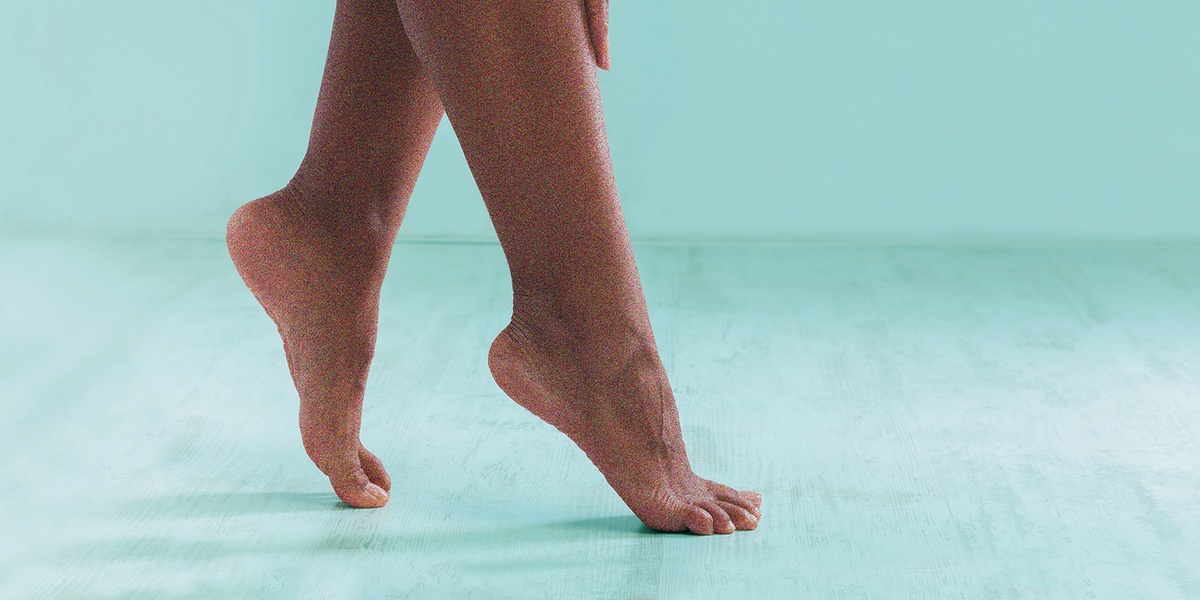
Foot pain and swelling are familiar discomforts that can affect anyone. These issues can arise from various causes, and identifying the underlying reason is essential for effective treatment. Continue reading to explore six common causes of foot pain and swelling that you should be aware of.
1. Uncomfortable shoes
It’s no surprise that wearing uncomfortable shoes can lead to foot pain and swelling. Tight-fitting shoes can restrict blood circulation, resulting in discomfort and swelling. Moreover, shoes that are rigid or rub against your skin can cause blisters and painful corns.
High heels, in particular, can have a detrimental effect on your feet. These shoes often force your feet into unnatural positions, subjecting them to excessive pressure. To alleviate these issues, opt for comfortable shoes with low to medium heels made from natural materials. Prioritizing comfort in your choice of footwear can significantly reduce foot pain and swelling.
2. Fatigue
Have you ever experienced foot pain and swelling after a long, tiring day on your feet? If so, you understand how exhausting this discomfort can be. Thankfully, massage and foot baths can ease simple fatigue-related foot pain. You can enhance the soothing effect by adding lavender essential oil to a carrier oil for a relaxing massage.
3. Bunions
Bunions are bony bumps that form when the joint at the base of your big toe shifts out of place. While bunions most commonly develop near the big toe, they can also occur near the pinky toe. The symptoms of bunions include:
- A visible bony bump
- Swelling and redness around the affected area
- Corns on the bump or overlapping toes
- Severe pain, especially when walking or wearing shoes
- Limited range of motion in the affected toe
While bunions often have a hereditary component, certain factors can exacerbate their development. Wearing high heels or shoes with narrow toe boxes can increase pressure on the affected toe, contributing to bunion formation. If you notice a bunion or experience related symptoms, it’s advisable to consult a podiatrist for evaluation and treatment.
4. Gout
Gout is a form of arthritis characterized by elevated levels of uric acid in the blood. It primarily affects joints, with the big toe joint being a common target. Gout leads to the formation of uric acid crystals in the affected joint, causing irritation and intense pain. Gout attacks are sudden and severe, with excruciating pain in the affected area.
5. Ingrown toenails
Ingrown toenails occur when a toenail grows into the skin, causing discomfort, swelling, redness, and the possibility of infection. In severe situations, inflammation and pus formation may occur.
Keep your toes well-trimmed and maintain appropriate foot hygiene to avoid ingrown toenails. If your ingrown toenail has already become painful and infected, get medical help for anti-inflammatory medication.
6. Achilles tendinitis
Achilles tendonitis results from overuse and injury to the Achilles tendon, a fibrous structure that links the calf muscles to the heel bone. The condition frequently affects athletes, particularly runners, who substantially increase the intensity or duration of their training.
Achilles tendinitis symptoms include discomfort that develops after physical exercise, soreness, and stiffness, especially in the morning. While minor occurrences of Achilles tendinitis can be treated at home, a healthcare professional should check severe or chronic cases to avoid tendon rupture. Instead of searching “Achilles tendon doctor near me” and choosing the first thing that catches your eye, concentrate more on exploring the specialist’s credentials, board certification, and experience to ensure you receive better care.
The bottom line
Understanding the most prevalent causes of foot pain and swelling is critical for proper management and treatment. If you have persistent or severe foot pain, you should see a medical professional or podiatrist for a full assessment and tailored treatment. Remember that prioritizing your foot health can dramatically improve your overall well-being and quality of life.
